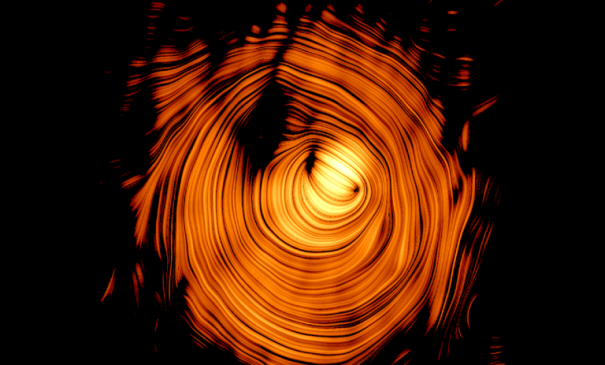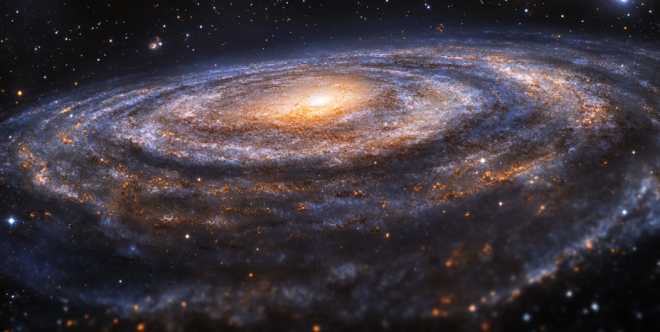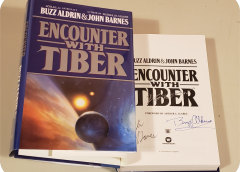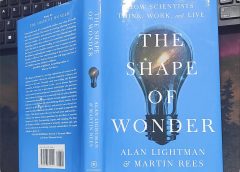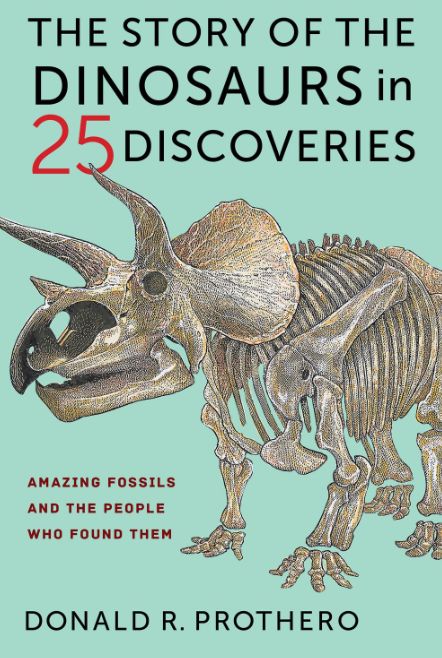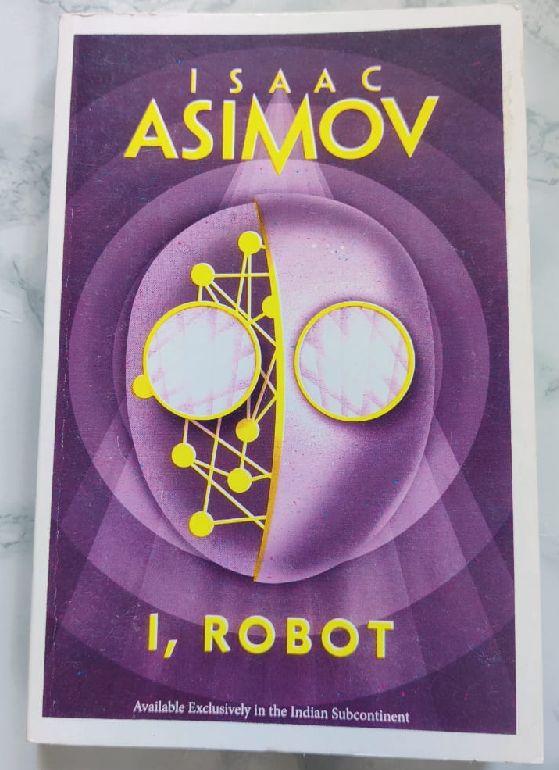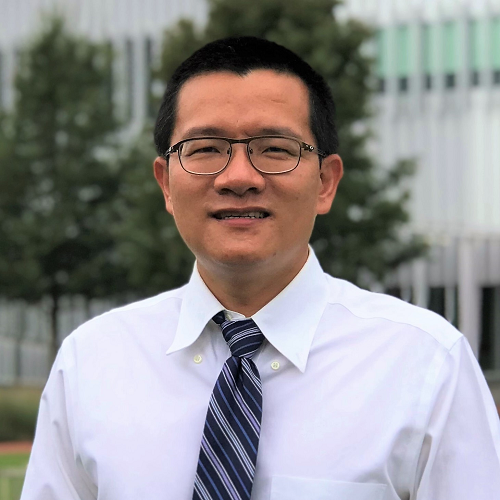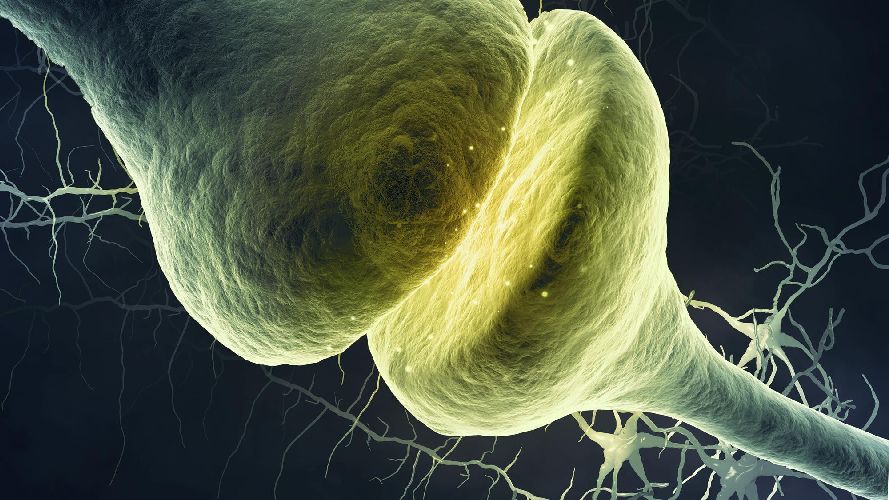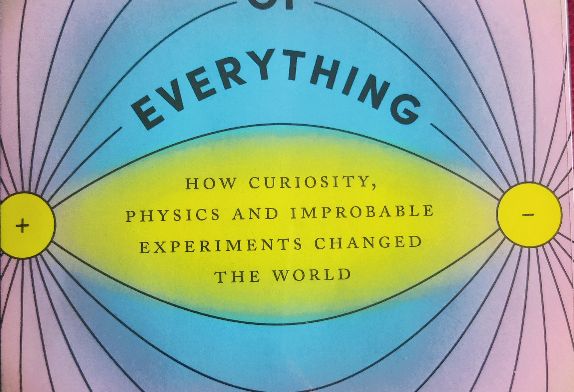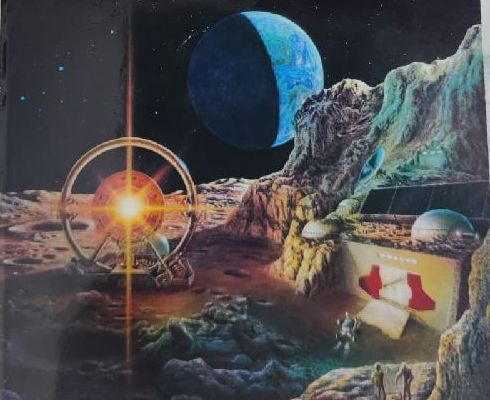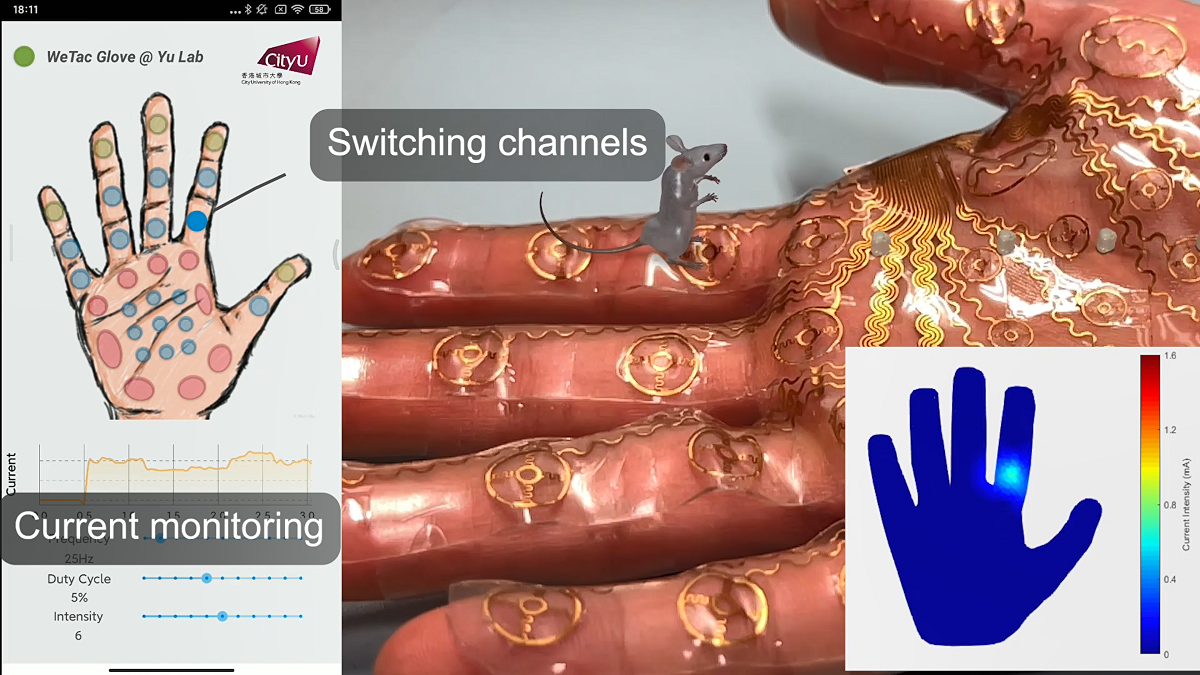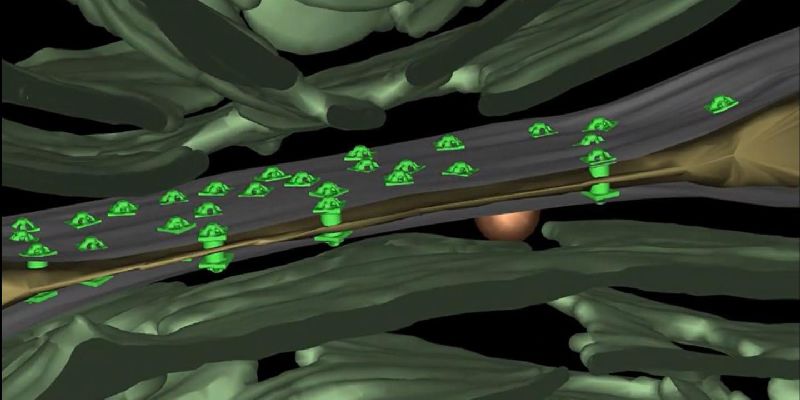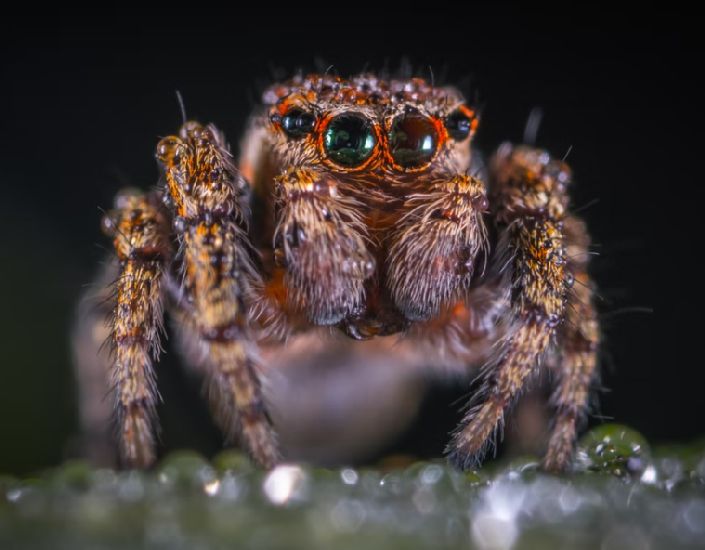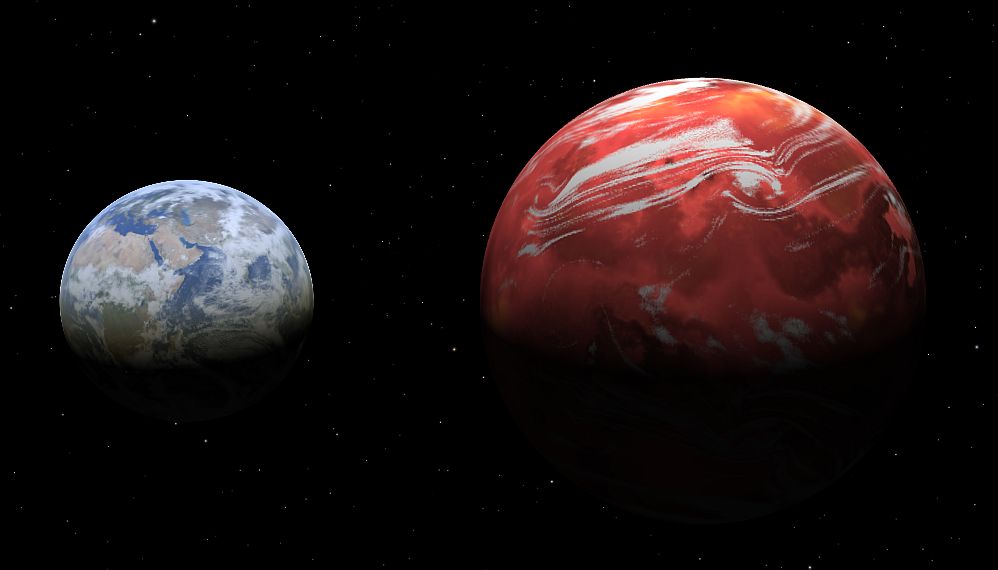Since the origin of life in 3.5 billion years ago, hundreds of millions of species might have lived on planet earth. Most of those are extinct by now. In his exceptional book, The Story of the Dinosaurs in 25 Discoveries: Amazing Fossils and the People Who Found Them, Donald R. Prothero has tried to surface those species that led to the landmarks in evolution. The idea was to signify evolutionary transition from one group to another. An interesting read for those who are looking for history of dinosaur science. Very…
Read MoreVitamin D Deficiency Associated with Melanoma: Skin and Bone Health
Vitamin D plays an important role in regulating normal function of human body. It helps the body to absorb and retain calcium and phosphorus, which are critical for building bone. In addition, it also helps in boosting energy levels. Epidemiological studies too, have shown that Vit-D deficiency is closely associated with common chronic diseases such as bone metabolic disorders, tumors, cardiovascular diseases, and diabetes. In addition, similar corelation between vitamin D and skin cancers have also been investigated.
Read MoreBook Review: I, Robot by Isaac Asimov
I, Robot by Isaac Asimov is a collection of short stories written between 1940 and 1950 and were composed together in 1950. To create an ethical system for the co-existence of humans and machines, Asimov, laid the foundation of the three laws of robotics, which were:
Read MoreInterview: Dr Jie Yin, Associate Professor at North Carolina State University
Dr. Yin received his Ph.D. in Engineering Mechanics from Columbia University. Prior to join NC State, he worked as a Postdoctoral Associate at MIT and an Assistant and Associate Professor at Temple University. He is the recipient of the NSF CAREER Award and Extreme Mechanics Letters (EML) Young Investigator Award.
Read MoreHuman Brain Organoids Implanted in Mice: Human-mouse Synapses
An international team of neuroscientists has demonstrated that human brain organoids when implanted in the cerebral cortex region of a mice can respond to external sensory stimuli. Brain organoid, here, refers to a three-dimensional tissue that is made from skin cells.
Read MoreBook Review: The Matter of Everything by Dr. Suzie Sheehy
The Matter of Everything is penned by an accelerator physicist Dr. Suzie Sheehy. The book introduces us to the time when physicists were about to unravel the mysteries of matter via exploration of subatomic particles. And it all started with a serendipitous discovery by the German physicist Wilhelm Röntgen, who in 1895, was working with a cathode ray tube in his laboratory. He noticed that the phosphor-coated screen was giving off a green coloured light when exposed to a cathode ray tube.
Read MoreBook Review: The Gods Themselves by Isaac Asimov
Energy transfer between parallel universes, the idea is enough for any science fiction fan to pick up and read this awesome piece of work. The Gods Themselves is one of the earliest and fantastic read on multiple universes, nuclear forces, and Big Bang. The fundamental idea of why Big Bang occurs and the repercussions of disturbing the laws of physics that govern universe(s), are explained in the most simplified and narrative style by Isaac Asimov.
Read MoreWearable Electrotactile Feedback System: Skin VR
Haptic systems are mainly designed to control virtual objects. Their efficacy is good, but when it comes to controllers, joysticks, and steering wheels, things look slightly bulky. And tangled wires is another task to deal with. Researchers at City University of Hong Kong have come up with a portable solution to enhance the tactile VR experience.
Read MoreInterview: Wa’d AbuZurayk, a Neurotherapist and Paediatric Occupational Therapist, Jordan
Wa’d AbuZurayk is the first qualified neurotherapist and paediatric occupational therapist in Jordan. She has attained her licensed device from Germany. The device is both FDA and internationally approved. She is also the founder of Ujeed, Child Development Consultations in Amman, Jordan. These days most of her time is occupied with families to create their own unique narrative through neurotherapy, occupational therapy and a pinch of magic. With the help of neurotherapy, Wa’d aims to retrain the brain to develop new skills and increase brain fitness. While at the same time…
Read MoreMicrobial Miners to Colonize the Moon and Mars: Biomimetic Mining
Evolutionary biological processes take time but what if we introduce microbial catalysis to the system? The phenomenon of how cyanobacteria obtain nutrients for its survival from rocks in Atacama Desert inspired an international team of collaborators from University of California and Johns Hopkins University to consider the microbes as tools that may help humans to develop colonies on the moon and Mars.
Read MoreActive Mantle Plume on Mars: Martian Geodynamic Evolution
Cumulative evidence, so far has suggested that Mars once had oceans but then lost its atmosphere and eventually died out. Unlike Earth, where shifting tectonic plates make way for dynamic interior, Mars never surfaced such processes. Hence, the astronomers concluded that nothing much happened on the red planet, at least, in the last 3 to 4 billion years. Recent observations by the scientists at the University of Arizona, however has challenged the current views of Martian geodynamic evolution. As per them, the red planet, that seems to be dead, has an…
Read MoreButterfly Robots with Bistable Wings: Biomimicry
In an effort to create faster and more energy-efficient soft robots, researchers at North Carolina State University have created a prototype of swimming soft robots based on manta rays. The team got inspired from the biomechanics of the marine animal. Rate of swimming for most of the (swimming) soft robot is one body length per second, manta rays, however, glide at much faster rate. Their swimming efficiency triggered the scientists to look into the potentiality of creating a similar robot, biomechanically.
Read MoreRetinal Movements of Spider suggest REM Sleep: Arachnid is Dreaming
After researchers have figured out that spiders use their silk to hear, scientists have discovered that arachnids have patterns of sleep cycles. In one such observation, they not only twitched their legs toward the sternum but and flickered parts of their eyes. The phenomenon is similar to REM sleep-like state.
Read MoreA Super-Earth orbiting Dwarf Ross 508: Exoplanet Exploration
Astronomers work ceaselessly to find out clues that might point out to the existence of extra-terrestrial life some where in outer space. The mere idea that we might not be alone is enough motivation to work constantly in this hunt. Lately, there has been an increase in the number of research probing into exoplanets. In one such research, astronomers have discovered a super-Earth like planet near the habitable zone of a red dwarf star. It is about 37 light-years from the Earth. This also happens to be the first such…
Read MoreBook Review: Immune by Philipp Dettmer
As the name suggests, Immune: A Journey into the Mysterious System that Keeps You Alive written by Kurzgesagt founder, Philipp Dettmer talks about the inner workings of the human immune system. A world which totally relies on pathways and chemical signals. And where each and every tiny molecule has a very well-defined role. Dettmer has explained scientific concepts related to human immune system in the most interesting and comprehensible manner. His description of various cellular components metaphors and similes makes it straight-forward to understand and easy to visualize, for instance,…
Read More

